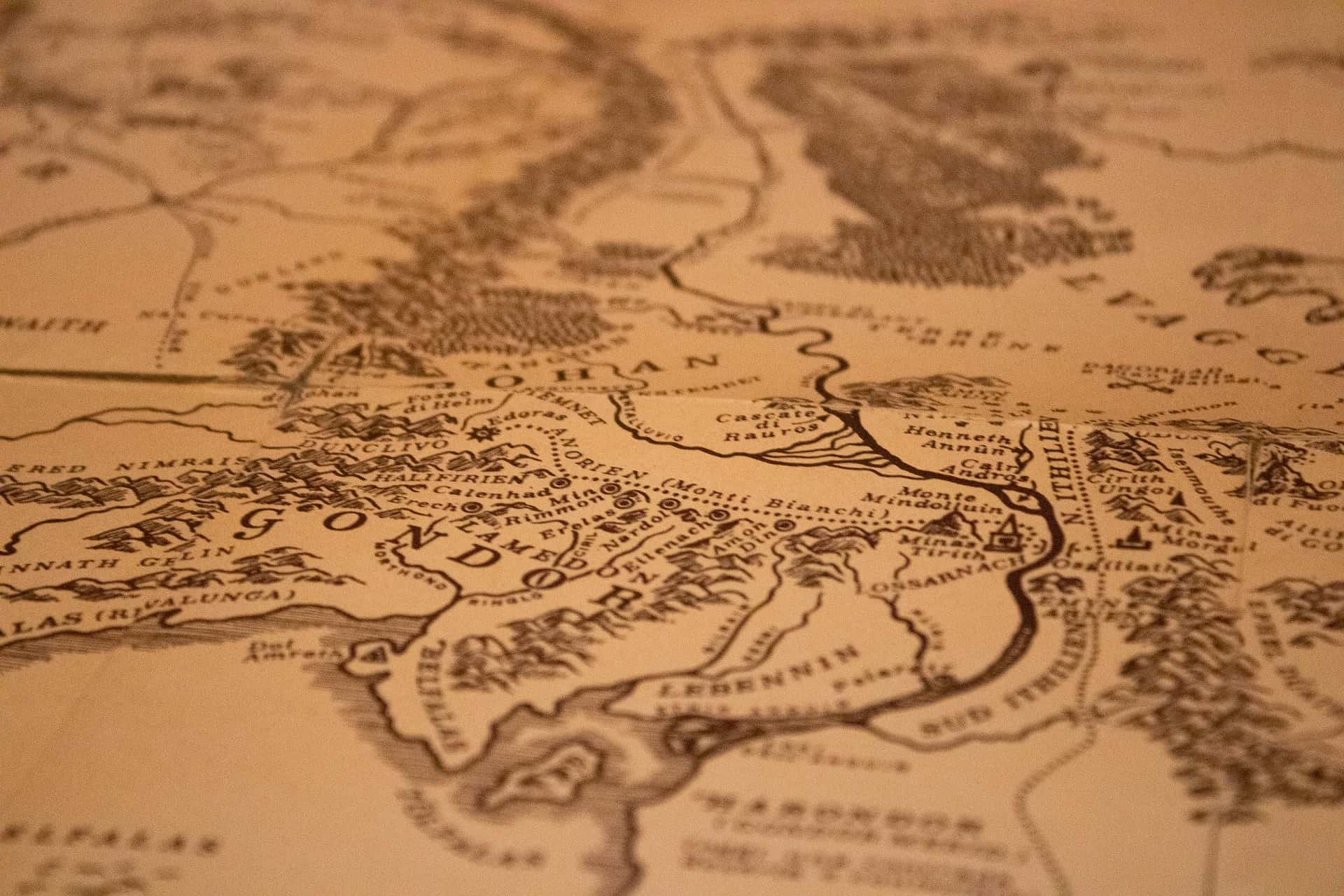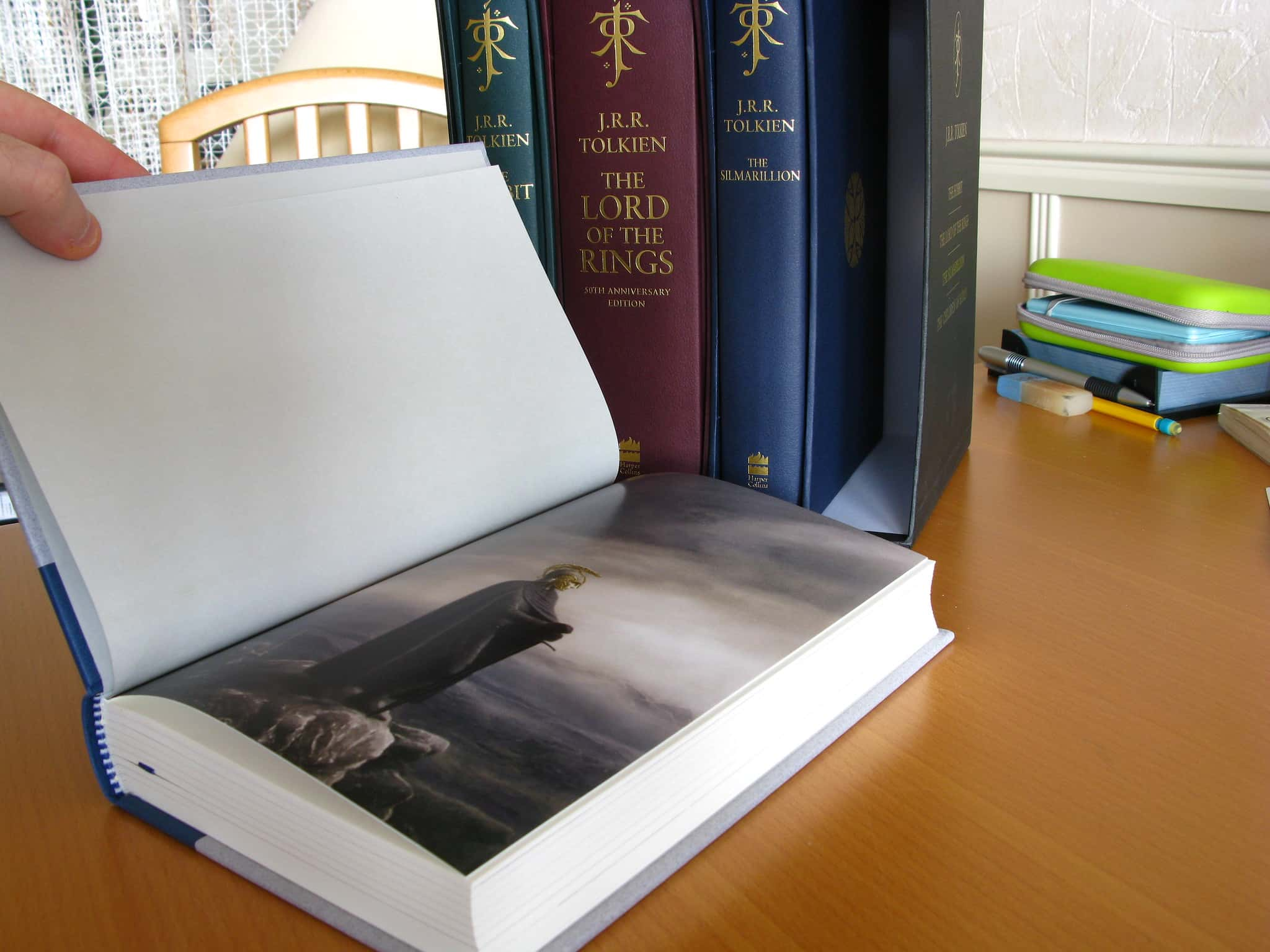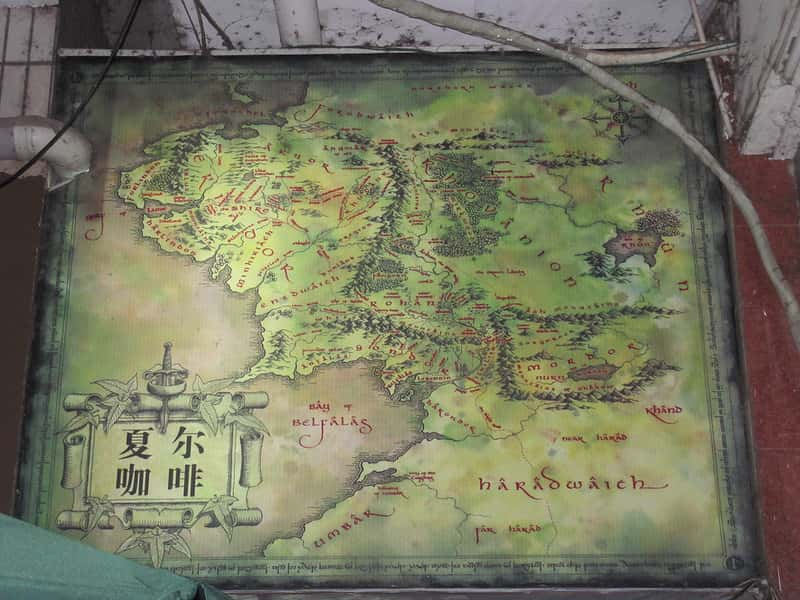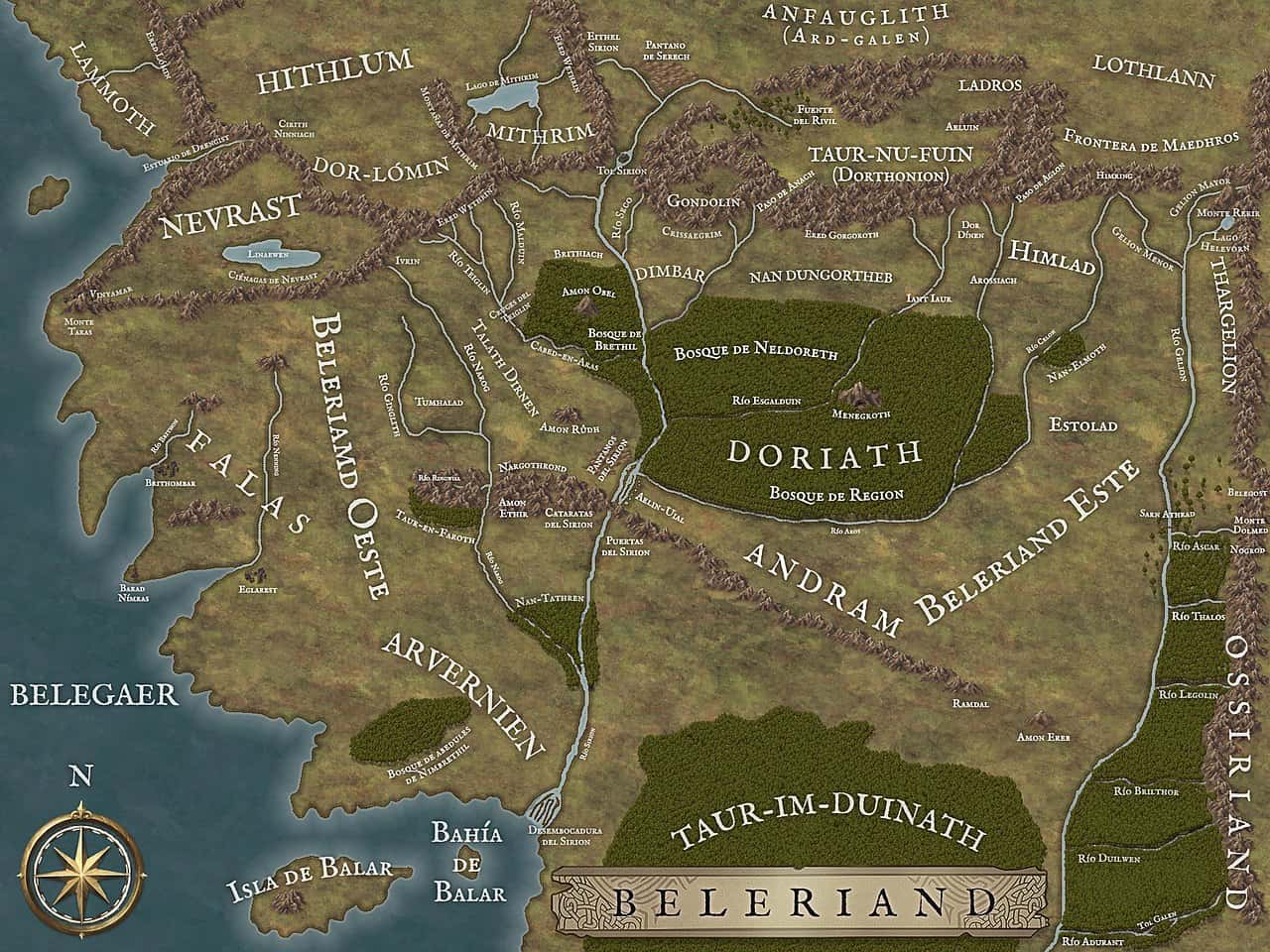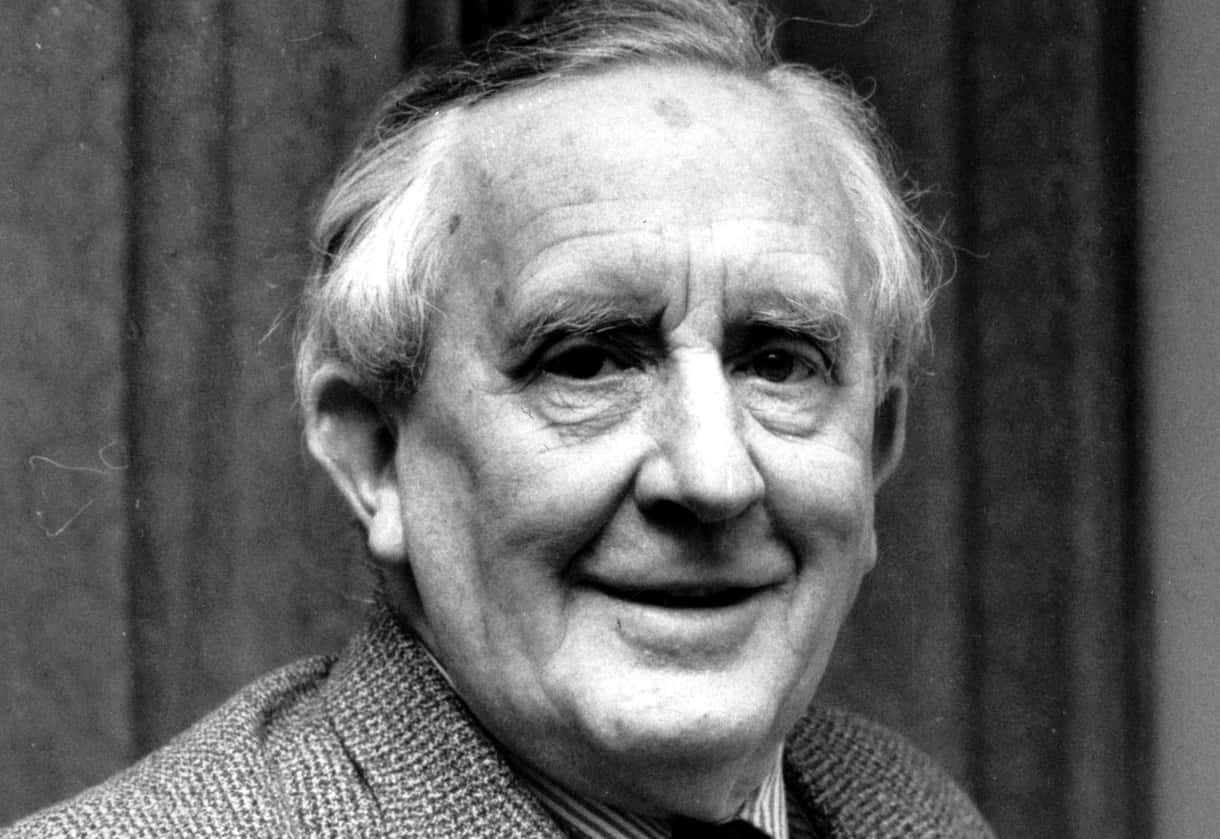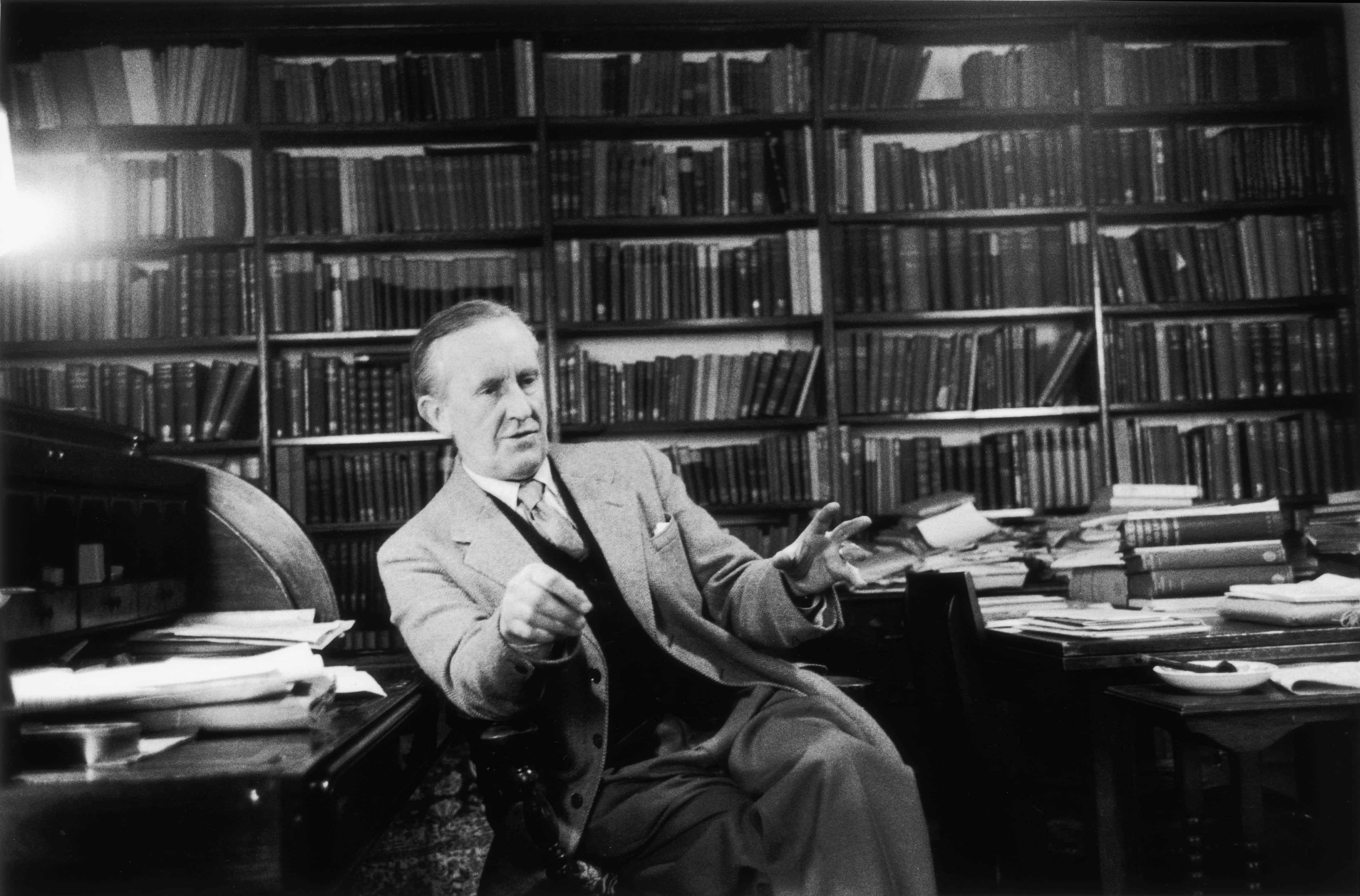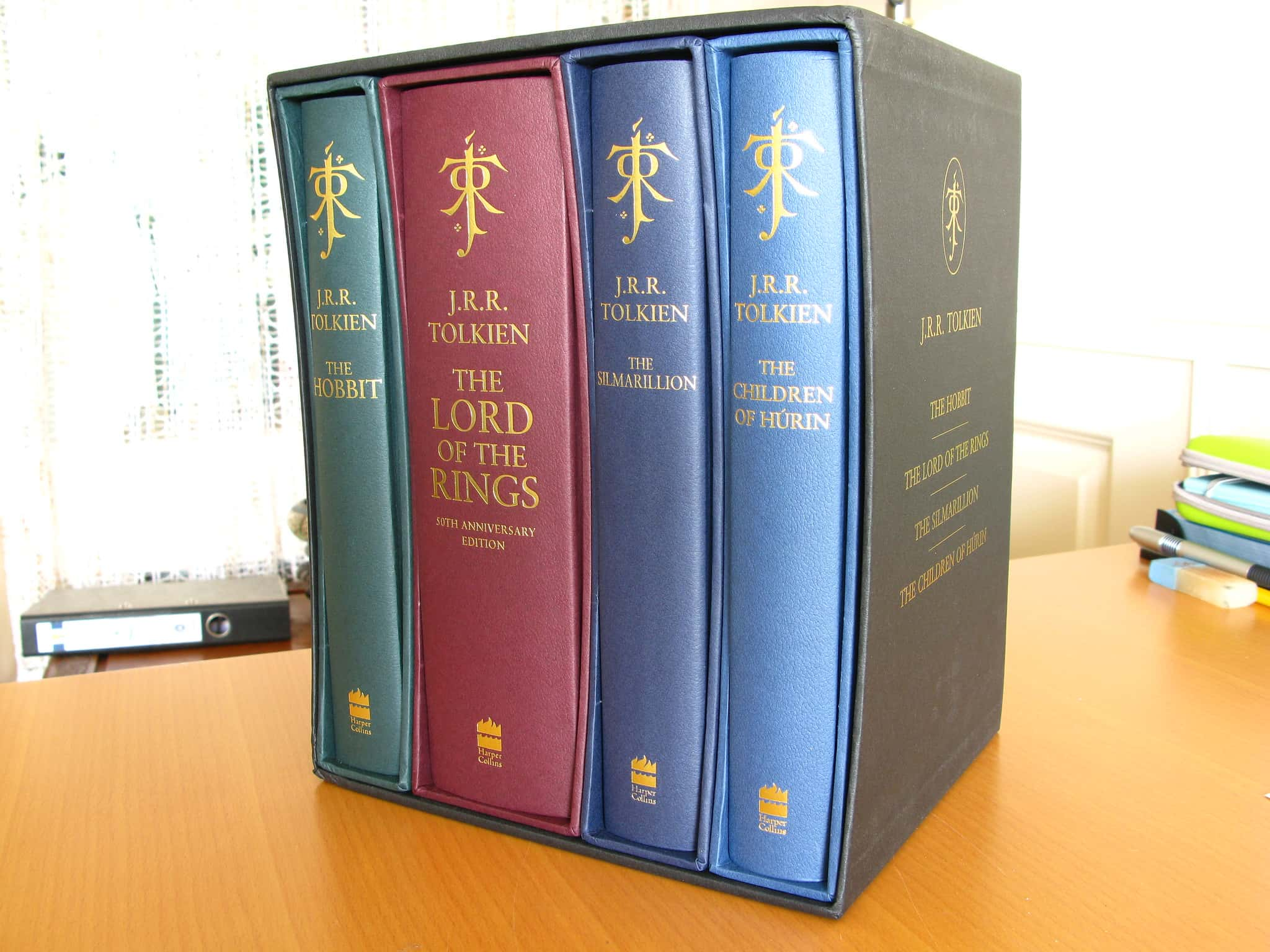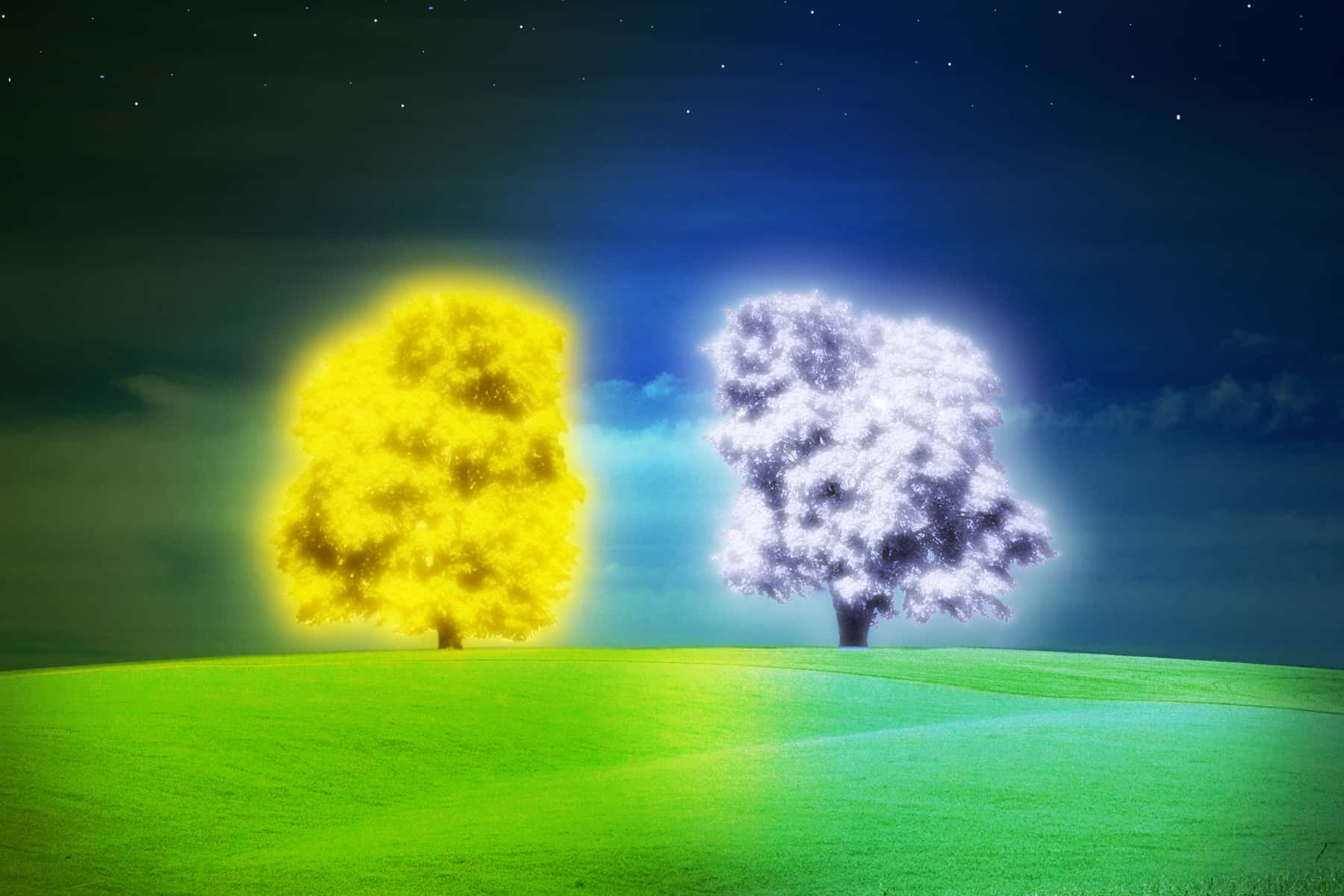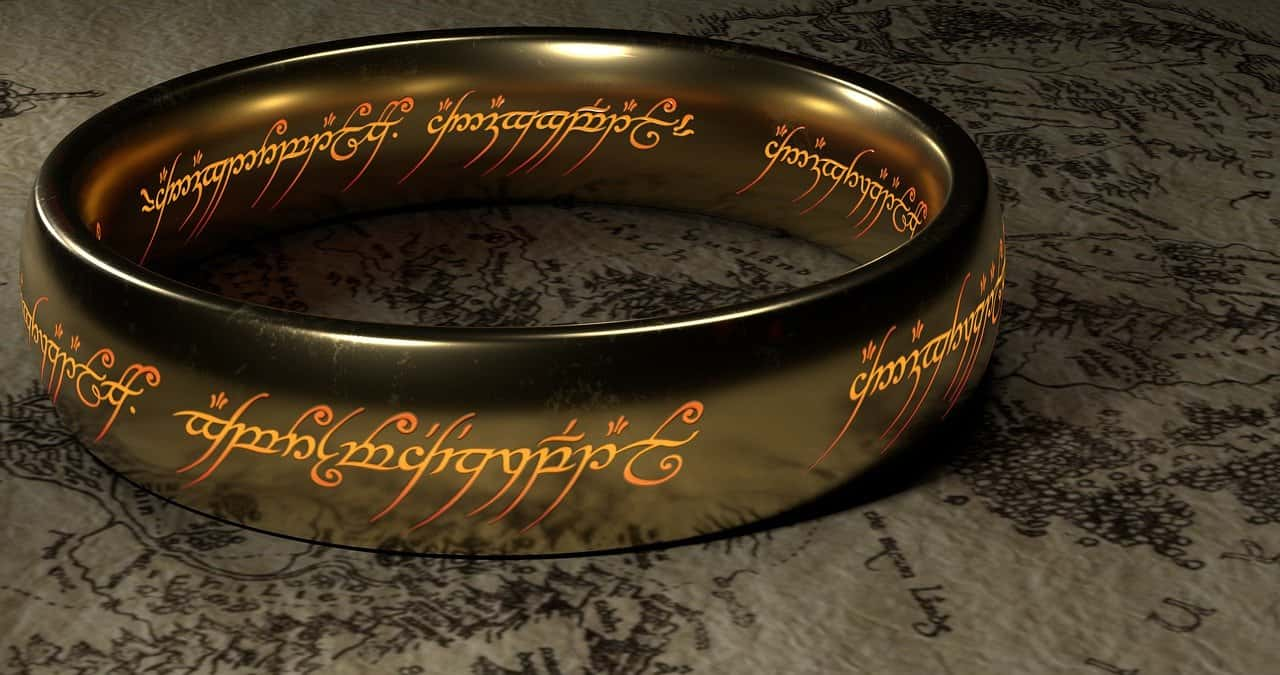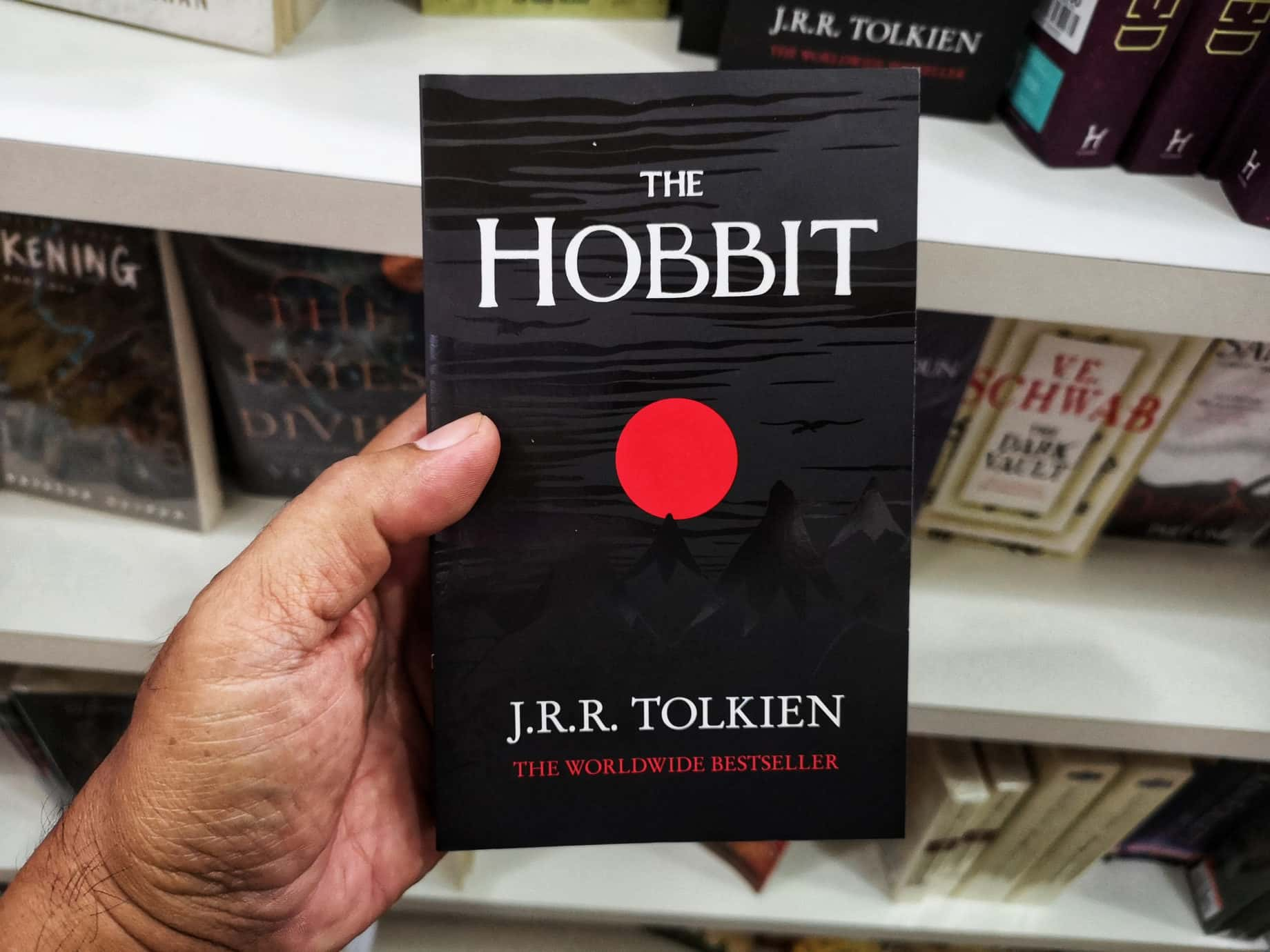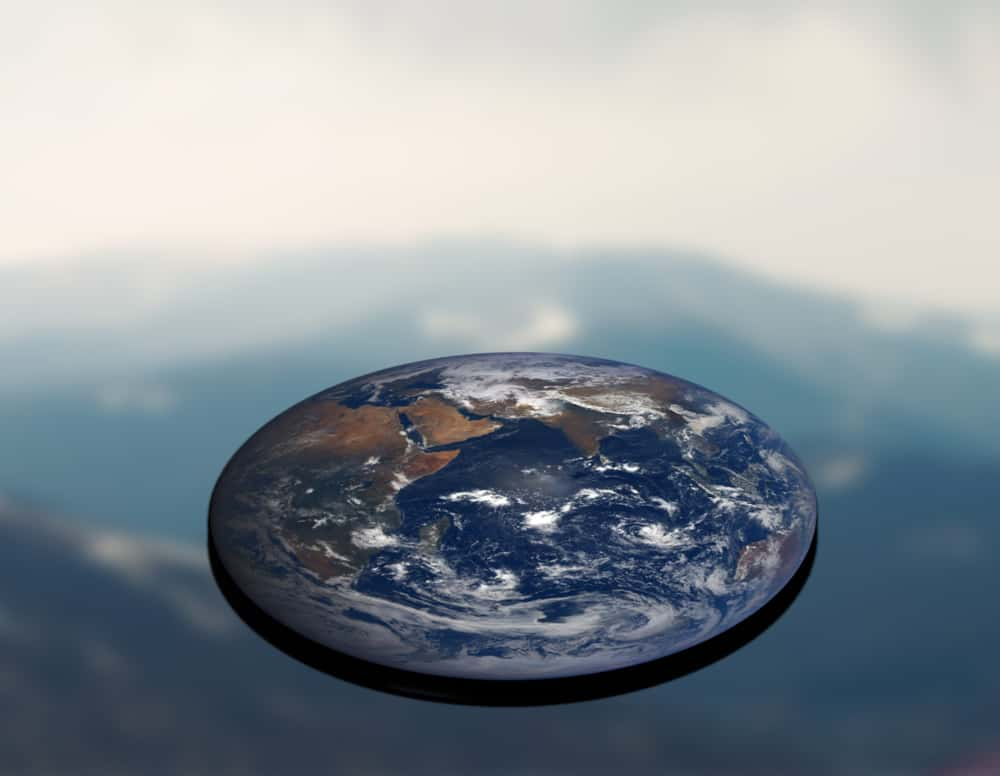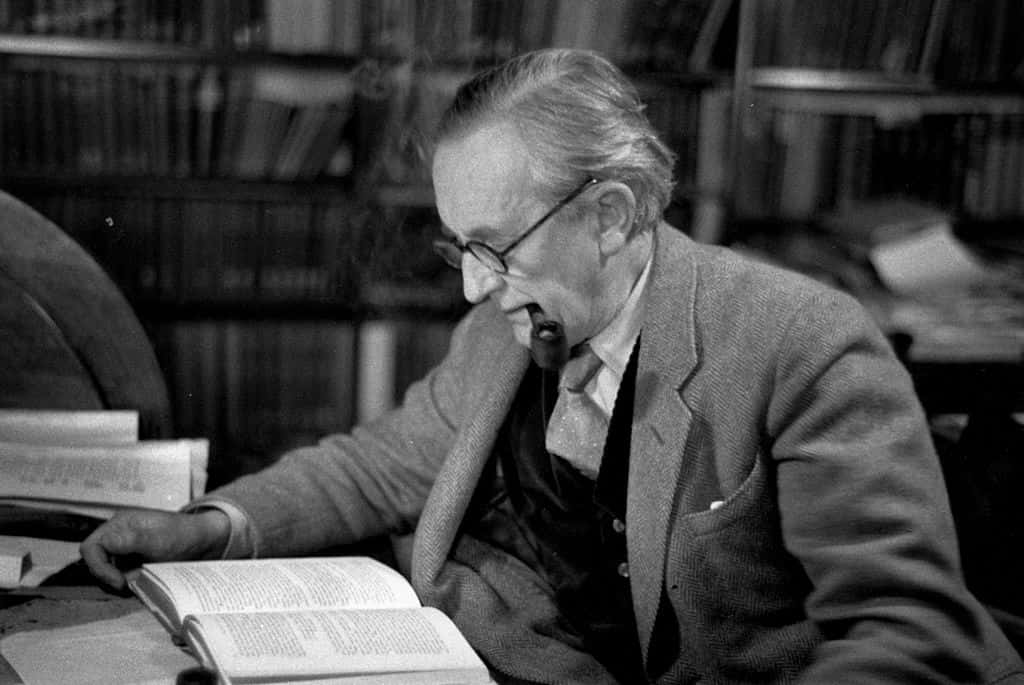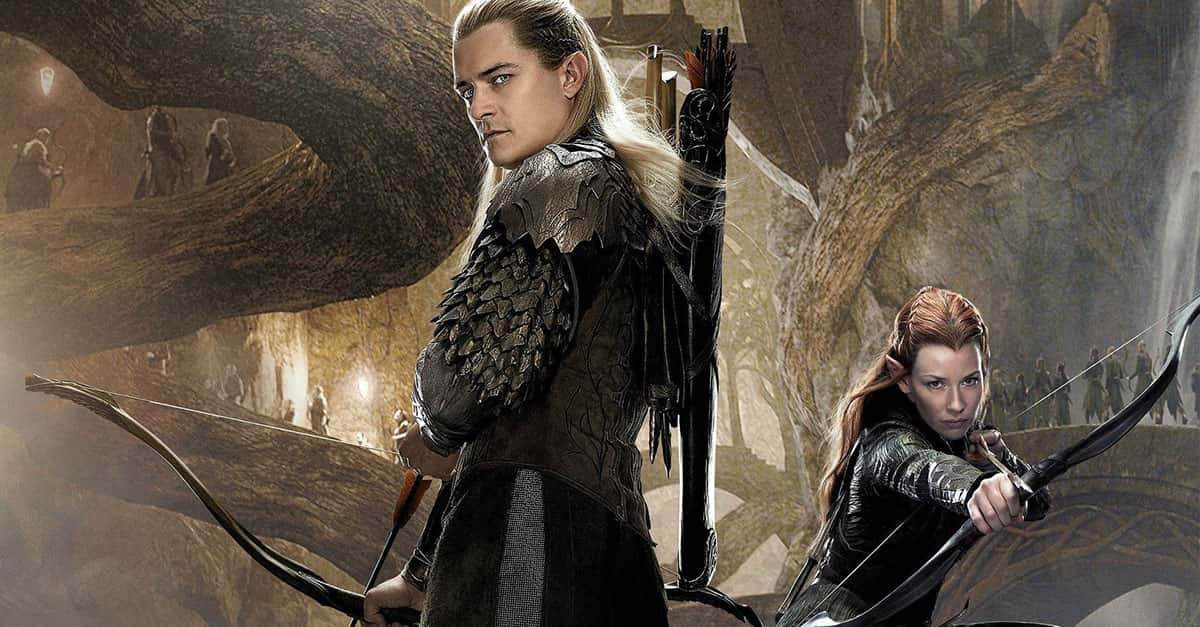When J.R.R. Tolkien created the world of Middle-earth in his books The Silmarillion, The Lord of the Rings, The Hobbit, and Unfinished Tales, he ended up setting many trends for the fantasy genre. His unparalleled world-building exercise would be the benchmark that every fantasy writer would be measured by. And for good reason—what Tolkien fan hasn't dreamt of seeing the majesty of Minas Tirith, or wished to doze under a tree in the magical Shire? He truly created a living, breathing world when he put Middle-earth to the page. Read these 25 facts mystical facts and take a step back into the world of Middle-earth, that mystical place which launched so many others into being.
Middle-Earth Facts
25. It’s a Small World After All
The area most people think about when you say "Middle-earth" is actually just a portion of a planet which Tolkien invented. The whole world is referred to by Tolkien as Eä. There’s a giant void outside of Eä, but let’s not deal with that right now (Tolkien rarely did).
24. It Started with a Song
According to The Silmarillion, which serves as an account of the First Age of Middle-earth and could also be seen as a sort of world-building Bible for its literary universe, the world was formed through the music of heavenly beings known as the Ainur. Ilúvatar, the God of this series, composes and conducts the music, which wills existence into being through the power of love—and magic too, we guess.
23. Oh Melkor, You Devil
This world-creating choir didn’t stay in harmony forever, though. One of the Ainur, a Vala named Melkor, began singing independently of Ilúvatar’s music. He inspired others to join in with him, which further disrupted the main theme. This tune-off continued, with Melkor’s music tainting the world, making it impure and imperfect.
22. Now You’re Speaking My Language!
If there was one aspect of Tolkien’s world-building that he liked most, it was arguably the language side of things. Tolkien was a professor of language, studied the history of English extensively, and he was well-equipped to create new languages for his characters to speak. We’d have been impressed if he took the time to make one fake language, but Tolkien actually made seven! And a couple of them have their own sub-dialects! These include the two main Elven languages (Sindarin and Quenyan), Sauron’s Black Speech which he and his followers use, Entish, the language of the Valar, and Khuzdul, the secret language of the Dwarves.
21. First in Line, Second to Enter
Originally, Beleriand and Middle-earth were first meant for the Elves and Men, but one of the Valar, Aulë the Smith, was impatient. He desired to have pupils of his own, and so he secretly created the first Dwarves in his own image and taught them his crafts. When Ilúvatar confronted Aulë on what he’d done, Aulë and the Dwarves begged for mercy, meaning no evil or malice (unlike what Melkor was up to with his Orcs). Ilúvatar permitted the Dwarves to survive, but they couldn’t awake in Middle-earth until after the Elves arrived. Just shows you can’t butt in line!
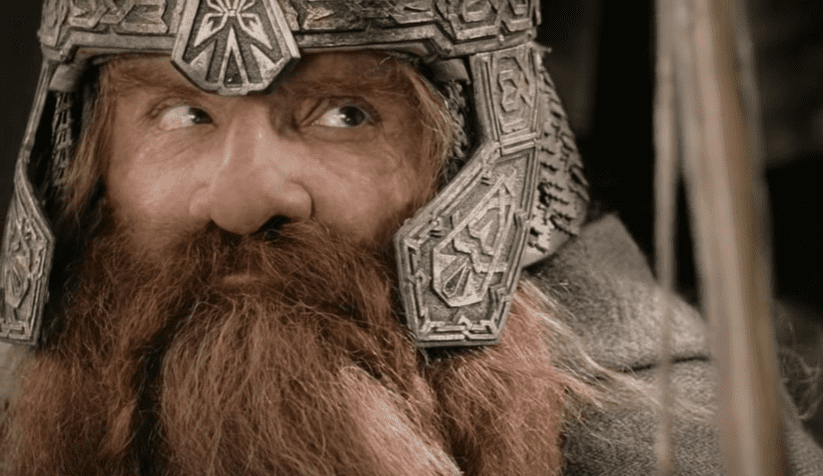 The Lord of the Rings: The Return of the King, New Line Cinema
The Lord of the Rings: The Return of the King, New Line Cinema
20. Keep it Fair!
Another Valar was named Yavanna, and her focus was on nature and plants. She was devastated when she heard that the trees of Middle-earth would be casually cut down by the Dwarves for fuel, and when she complained about it, she found out that the Elves and Men would also need wood to burn. Devastated, she made an appeal to Ilúvatar himself, and he permitted the creation of the Ents to serve as protectors and shepherds of the forest. We’d have loved to see the looks on everyone’s faces when they first met the Ents!
19. Terra Incognita
Tolkien never got around to exploring the entire world of Middle-earth, leaving a lot of it in mystery. Regions such as the far north of Beleriand, Near Harad, and Rhûn were never explored and barely talked about by any of the characters in Lord of the Rings, The Silmarillion, The Hobbit, or any of Tolkien’s other works. Guess he got too busy with describing Sam and Frodo’s meals on the way to Mordor!
18. Tolkien Giveth, and Tolkien Taketh Away
The lands of Beleriand were eventually ruined and destroyed during the War of Wrath. The Valar who dwelt within Eä finally got off their butts and waged a vicious war against Morgoth. The war was so devastating—it included armies of Balrogs, Dragons, and who knows what else—that almost the entire sub-continent of Beleriand collapsed into the sea!
17. Atlantis Will be Back Too
Near the end of Return of the King, when Treebeard and Galadriel say their goodbyes, Galadriel remarks "Not in Middle-earth, nor until the lands that lie under the wave are lifted up again. Then in the willow-meads of Tasarinan, we may meet in the spring. Farewell!" This was a direct nod from Tolkien that Beleriand will one day be restored in the far future.
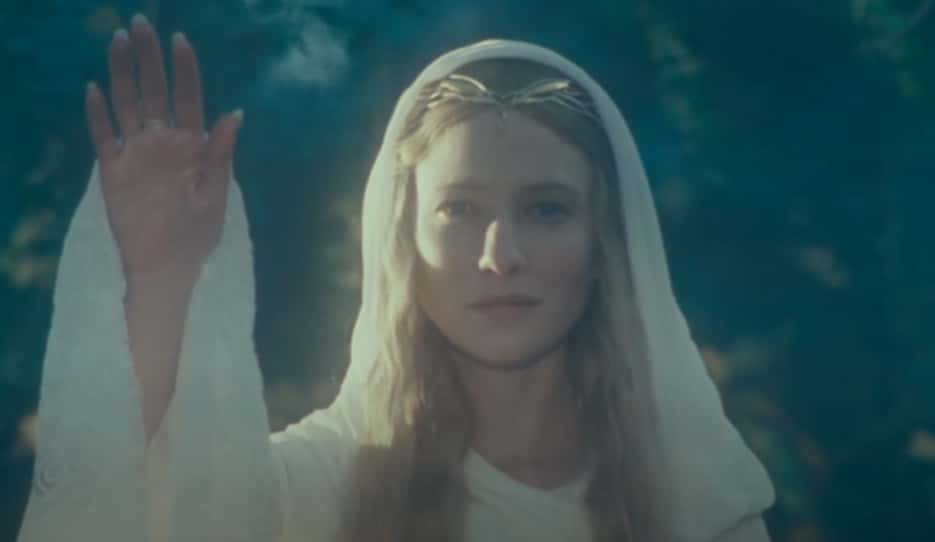 The Lord of the Rings: The Fellowship of the Ring, New Line Cinema
The Lord of the Rings: The Fellowship of the Ring, New Line Cinema

Sign up to our newsletter.
History’s most fascinating stories and darkest secrets, delivered to your inbox daily. Making distraction rewarding since 2017.
16. Play Nicely or Else!!
Eä, including Middle-earth, was eventually turned into a spherical world when the island nation of Númenor rebelled against the Valar’s rules. King Ar-Pharazôn the Golden led a huge armada of mortal men to the Elven heaven known as Valinor, which at that point was still within the realm of the world. Once the King and his forces set foot on Valinor, Ilúvatar stepped in—which means they REALLY messed up—and made some geographical changes to the world of Eä. He not only sent Númenor plunging into the sea, he also removed Valinor from the physical world and turned Eä into a sphere. Talk about a temper tantrum!
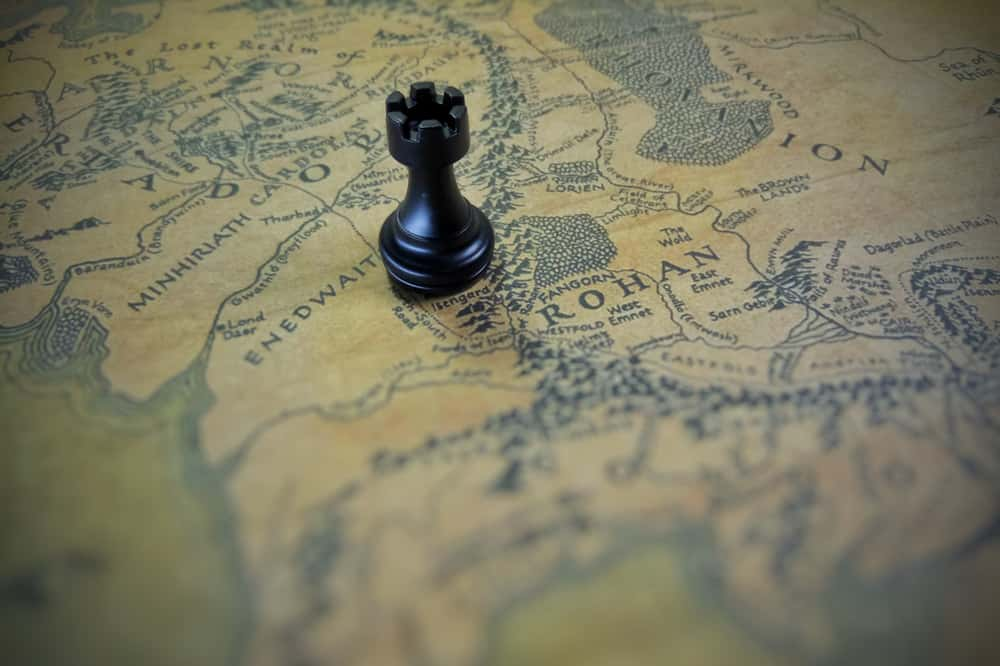 Shutterstock
Shutterstock
15. Second Star to the Right, and Straight on to Heaven
After Iluvatar was finished reshaping the world of Ea, Valinor could only be reached by those Elves who knew how to sail ships across an invisible passage known as the Straight Road. It took people sailing from Middle-earth to Valinor, in the land of the gods. Of course, this land of Valinor was open only to Elves. The only exceptions to this rule were the Ring-bearers, people who carried Rings of Power, which is why Gandalf, Bilbo, Frodo, and eventually Sam were able to sail with the Elves. The only other exception was Gimli the Dwarf, whose great friendship with Legolas and love for Galadriel allowed him to travel to Valinor, a first for the Dwarves.
 The Lord of the Rings: The Fellowship of the Ring, New Line Cinema
The Lord of the Rings: The Fellowship of the Ring, New Line Cinema
14. What About Us??
While Valinor is an afterlife promised to the Elves, the mortal men of Middle-earth were promised an afterlife that only Ilúvatar himself knew about. Men’s spirits were said to leave Eä completely, unlike the Elves, whose spirits lingered in Valinor from whence they first came. Tolkien never bothered to explain where the Dwarves, Hobbits, or the Ents go after death, so that’s still open to whatever your fanfiction desires.
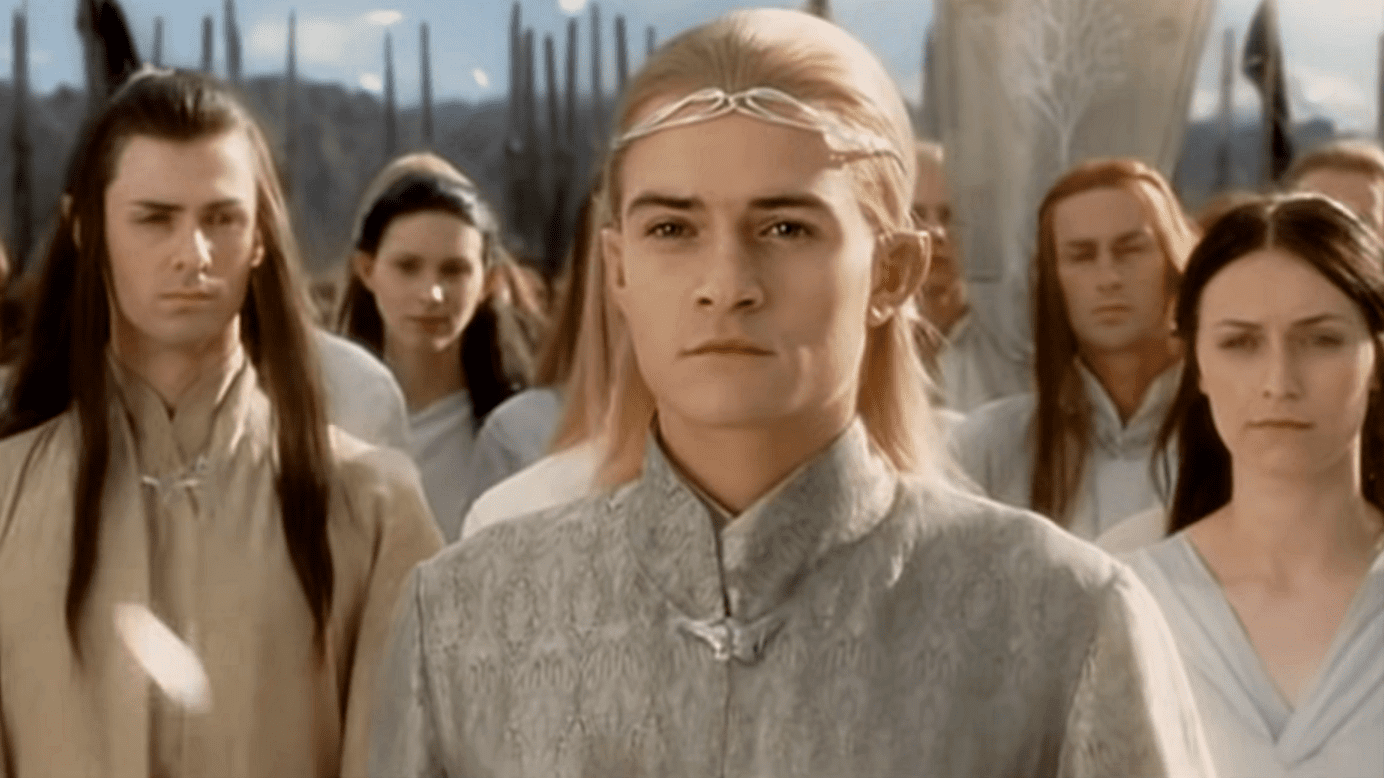 The Lord of the Rings: The Return of the King, New Line Cinema
The Lord of the Rings: The Return of the King, New Line Cinema
13. Imagine all Those Royalties
Amazingly, Middle-earth has so far been featured in six major Hollywood movies, four animated Hollywood films, and 35 video games! And that’s before even mentioning the various fan-made films such as Born of Hope, which tells the story of how Aragorn’s parents met.
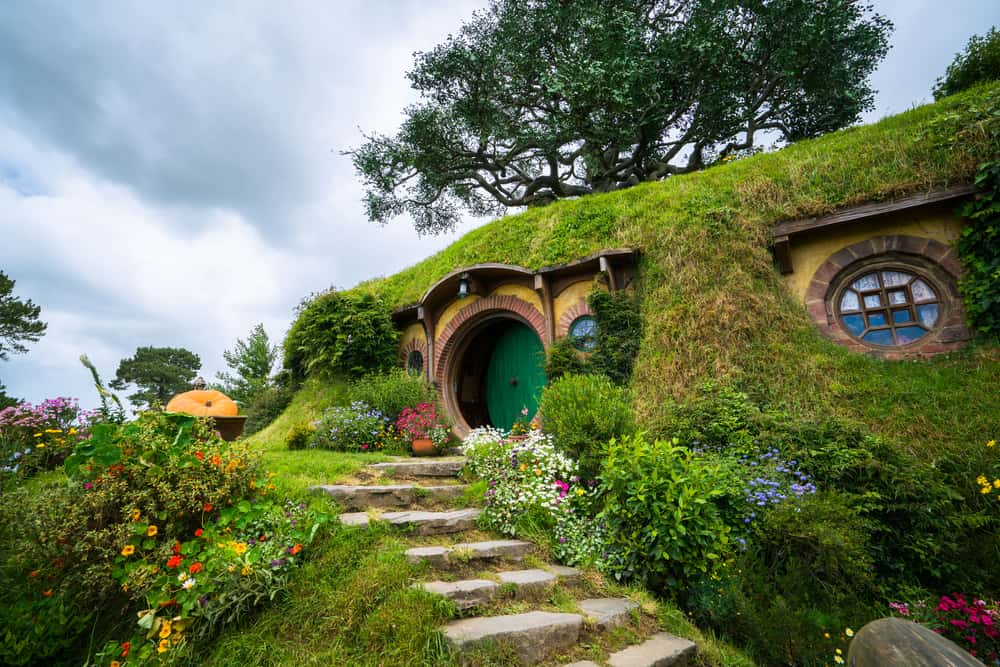 Shutterstock
Shutterstock
12. So Who’s Got That Copyright?
Surprisingly, J. R. R. Tolkien did not come up with the term "Middle-earth," but then again, he never pretended that he did. Always a linguist first, Tolkien found the term in ancient texts of Old English. The term originally referred to the world which humans inhabited, in between the two spirit worlds which later acquired the names Heaven and Hell in Christian mythology.
11. Professor Perfectionist was my Nickname
The process of creating Middle-earth was a lifetime’s work, it turns out. Tolkien spent 50 years tweaking and editing the details of his world. This led to inconsistencies in his writing that are still debated and discussed by Tolkien nerds to this day.
10. You Try it, Sonny Boy
Things got even more complicated when Tolkien died without fully completing his works—this includes his heavily detailed epic The Silmarillion. The task of getting things sorted fell to Tolkien’s son, Christopher. While Christopher has a mixed reputation amongst Tolkien fans, his task was pretty thankless, if we’re honest. He had to go through years of his father’s writing, deem which inconsistencies needed to be followed or ignored, and put everything into one narrative. The immense job forced Christopher to make revisions of his own, to the frustration of Tolkien purists.
9. How do You Like Them Apples?!
Originally, Middle-earth didn’t have normal days. According to The Silmarillion, the Two Trees of Valinor provided light for Valinor and the rest of the world. This lasted until Melkor, with the help of his monstrous ally, Ungoliant, killed both trees and plunged the world into darkness. As a response to this, the Valar created the Sun, and then the Moon to bring day and night to the world. Oddly, the first sunrise happened in the west, rather than the east, but this was changed on the second day. The Sun had the added effect of being a big weakness of the Orcs and Trolls.
8. How Old is Middle-Earth?
According to the writings of Tolkien, his stories of Middle-earth cover four "ages," each of which concluded with a big event. The First Age covered the start of the world and concluded with the destruction of Beleriand during the War of Wrath. The Second Age ended with the destruction of Sauron by the Last Alliance of the Free Peoples of Middle-earth. The Third Age ended with Sauron’s second (and final) destruction when—spoilers—destroyed the One Ring. The beginning of the Fourth Age is covered in The Return of the King and its appendices.
7. Middle-What?
The term "Middle-earth" didn’t actually appear in The Hobbit at all (check it again if you don’t believe us). Tolkien was still early in his world-building and was in a much different place in his life when he worked on the first book, which explains why the tone of The Hobbit is so different from arguably anything else that Tolkien wrote that was set in Middle-earth.
6. What’s Over the Edge Then?
Originally, the world of Eä was flat! As Tolkien wrote, the world was disc-shaped. Its lands were surrounded by an ocean appropriately known as the Encircling Sea.
5. We’ll Need a Do-over
According to the legend which Tolkien created, Ilúvatar has a second great theme to be played after the world of Middle-earth is ended at last. The world will be remade the way he originally intended, without the taint of Melkor, later called Morgoth.
4. Middle-Earth Apocalypse
Tolkien’s unfinished plan for how the world of Middle-earth would come to an end was partly inspired by the Norse idea of Ragnarok. According to Tolkien’s writing, Morgoth would be restored to power and launch a final war which would consume the world. Tolkien called it Dagor Dagorath, which meant “Final Battle” in one of his made-up languages. According to Tolkien, the battle would end when Morgoth faces off against the tragic figure Turin Turambar, who would drive his black sword Gurthang into Morgoth’s heart and destroy him once and for all. Then the world will be remade anew, perfect without any taint from evil. Sadly, however, we’re still waiting for a movie adaptation of Dagor Dagorath.
3. This Was Us?!
Interestingly, Tolkien intended for the history of Middle-earth to be a history of our world, back when magic was still a thing. The Fourth Age would lead to further ages where mortal men took over the world from the more magical races of Middle-earth. The world would slowly morph into ours, in what has got to be the lamest example of evolution ever.
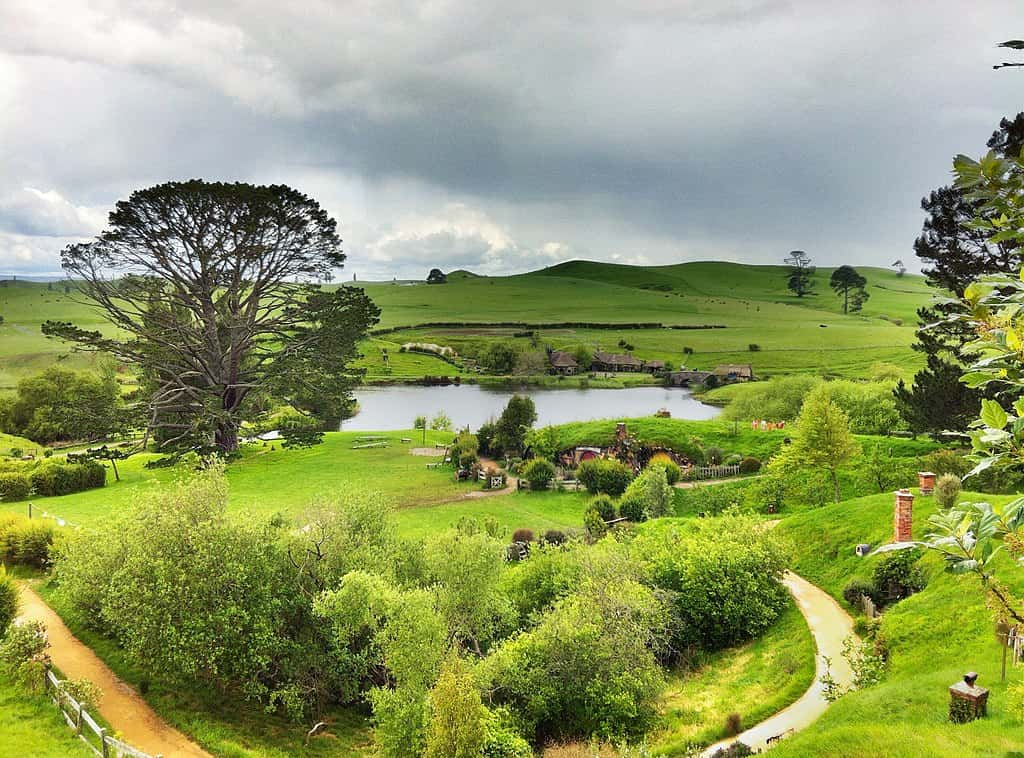 Wikimedia Commons
Wikimedia Commons
2. Point Middle-Earth Out on the Map
According to Tolkien himself, he kept real-world geography in mind as a guide when he designed Middle-earth. Gondor was meant to be an equivalent to the Mediterranean region, comparable to Italy or Greece. The Shire shared its climate and terrain with England, Rhovanion was the equivalent of Germany, while Mordor was based on the are of England around Birmingham known as "The Black Country."
1. Hai and Low
It wasn’t until the wizard Saruman joined Sauron that a race of orcs was created to withstand the sun in Middle-earth. This was the race known as the Uruk-hai, which feature prominently in The Lord of the Rings. Less prominent is the order of trolls known as the Olog-Hai, which can also withstand the sun’s power, instead of being turned to stone like those punk trolls in The Hobbit.
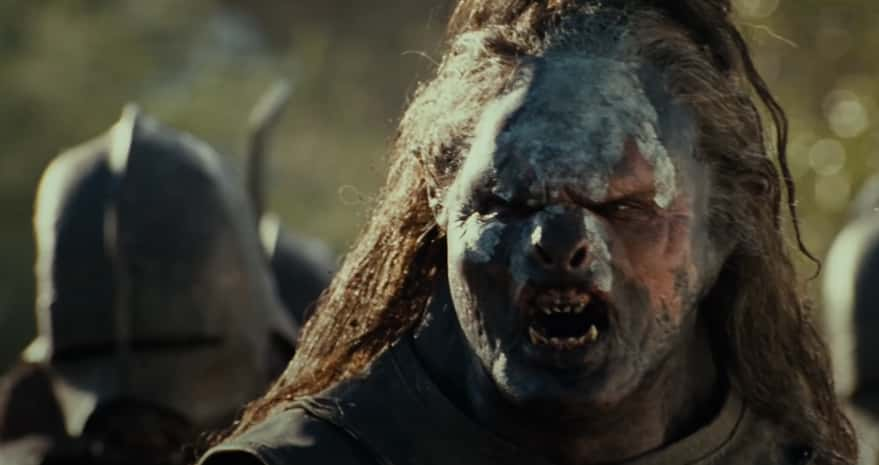 The Lord of the Rings: The Fellowship of the Ring, New Line Cinema
The Lord of the Rings: The Fellowship of the Ring, New Line Cinema


